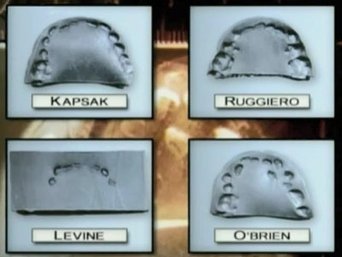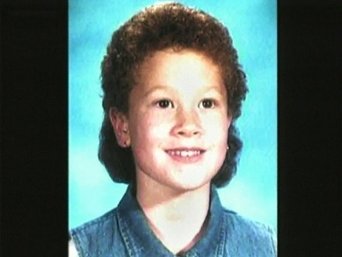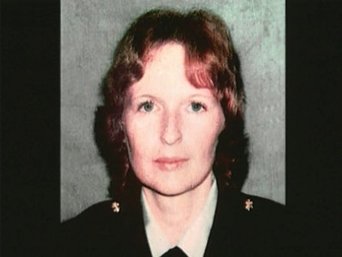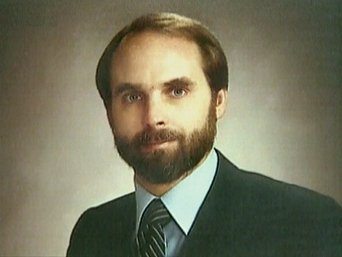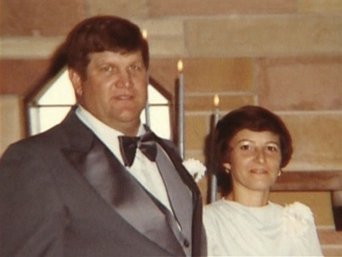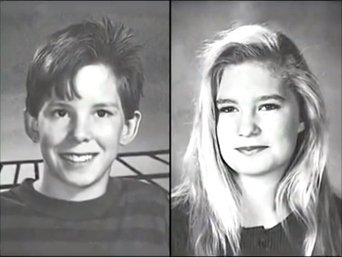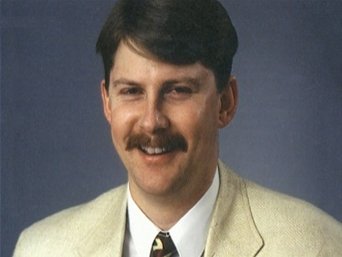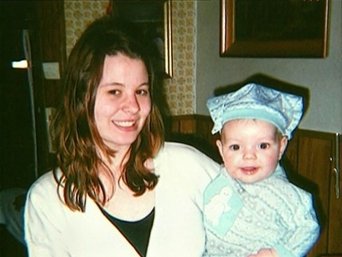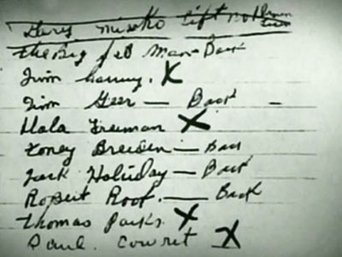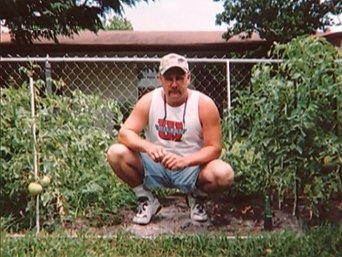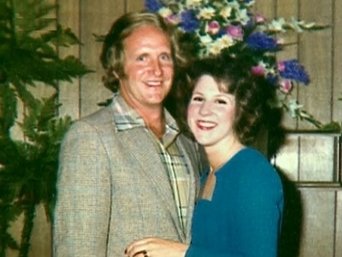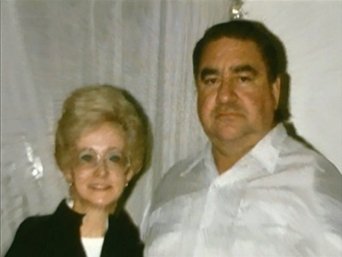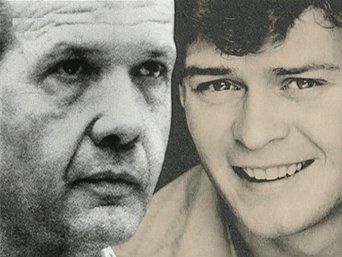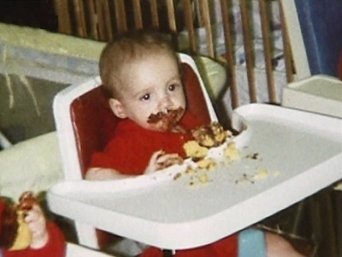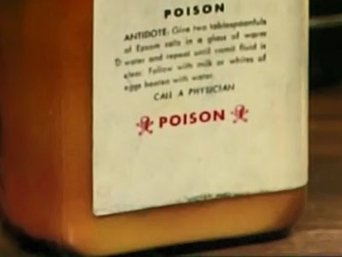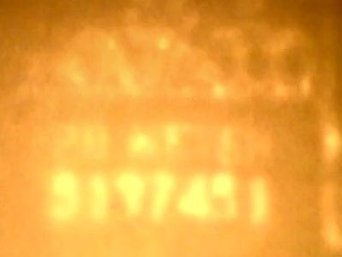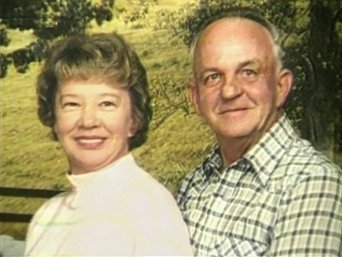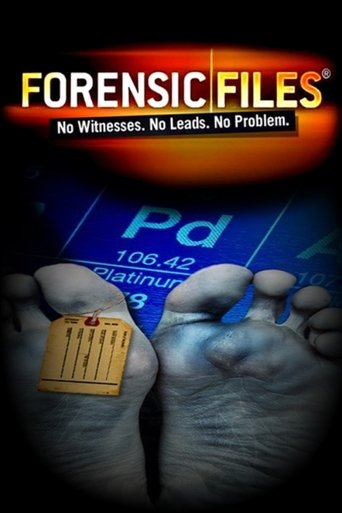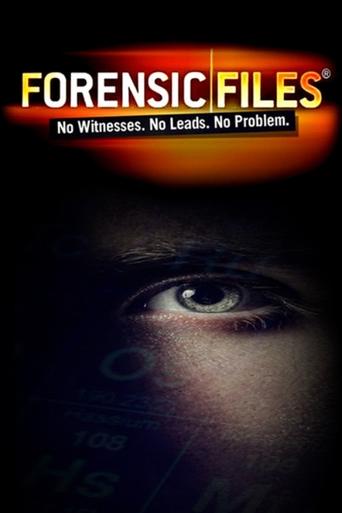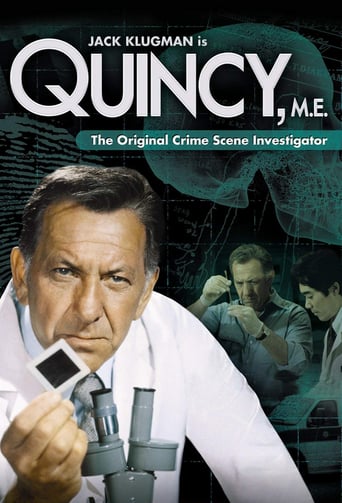Forensic Files Season 6
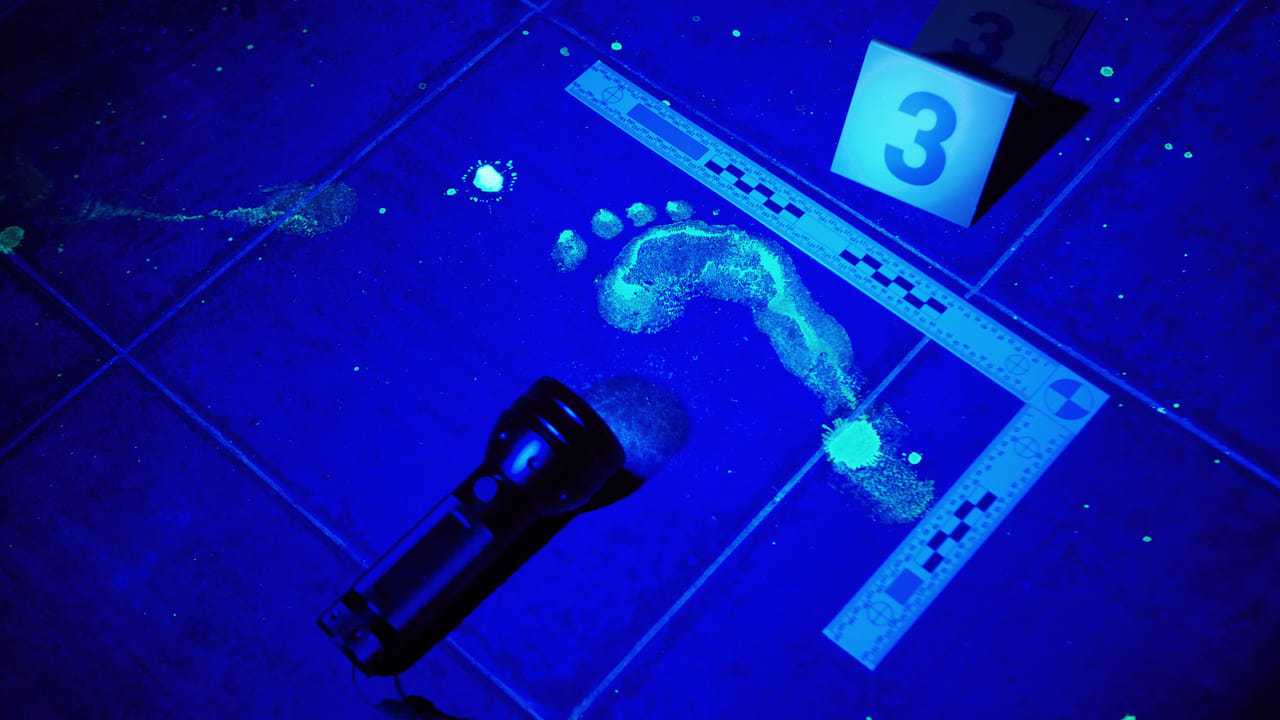
Real crimes, disease outbreaks and accidents around the world are solved by experts using scientific laboratory analysis which helps them find previously undetectable evidence. Brilliant scientific work helps convict the guilty and free the innocent.
Watch NowWith 30 Day Free Trial!
Forensic Files
1996 / TV-14



Real crimes, disease outbreaks and accidents around the world are solved by experts using scientific laboratory analysis which helps them find previously undetectable evidence. Brilliant scientific work helps convict the guilty and free the innocent.
Watch Trailer
With 30 Day Free Trial!
Forensic Files Season 6 Full Episode Guide
Lisa Manderach and her daughter Devon left their home to go shopping, but didn't come back home at the expected time. Lisa's husband Jimmy called police in a panic to report their disappearance and directed them to a nearby shopping center. Later that day, Devon's body was found dumped off the side of the road, but there was no sign of Lisa.
In 1980, 4-year-old Vicky Lyons is found unconscious in a parking lot with severe head trauma. Police concluded it was a hit-and-run vehicle accident and closed the case. But Vicky's mother, Crystal, suspected there was more to the story and was determined to find out exactly what had happened.
In 1999, expectant mother Leann Fletcher is reported dead in her Michigan home of an accidental gunshot wound to the head. Was the wound self-inflicted, and if it was, why would this young mother, with so much to live for, kill herself? Forensic computer analysis, blood spatter analysis and a painstaking investigation leads police to the truth.
In 1989, 19-year-old mother Lori Auker left her Pennsylvania home for work, but never arrived. It takes space-age technology, cat hairs and insects to help build an image of the woman's abductor.
The investigation of a murder case in New Jersey is stalled until a strikingly similar attack occurs in 1995, to off-duty Maine State Trooper Vicky Gardner during a routine stop.
In 1999, 9-year-old Valiree Jackson vanishes on her way to school near Spokane, WA. The entire community helps with the search; detectives believe her long-lost mother might be connected to the disappearance. The Secret Service finds a hidden fingerprint that helps detectives seal the case.
In 1981, New York correctional officer Donna Payant disappeared and her body was later found in a landfill; investigators suspect the prisoners in the facility where she worked. The medical examiner uses a "signature" clue to link her death to a murder the same examiner investigated 10 years earlier.
In 1991, San Francisco pornographer Artie Mitchell was murdered in his home. His brother and business partner Jim is found near the scene carrying a rifle and, later, confesses to shooting Artie. The question for investigators is whether the shooting was pre-meditated. A 911 call in which the fatal shots can be heard, and a computer reconstruction of the crime scene, provide the answer.
In 1994, 67-year-old grandmother Rhoda Nathan was found murdered in a Cincinnati hotel room. When a patient in a hospital emergency room said he cut his hand on a dumpster, the doctor treating the injury recognizes it as something else -- and soon because the chief witness and a murder case.
In 1987, Susie Mowbray was charged for her husband Bill Mowbray's death, which had the appearance of suicide. Her son was so convinced of her innocence that he enrolled in law school to try and clear her name.
In 1981, Charlotte Grabbe, the estranged wife of prominent Illinois farmer Fred Grabbe, disappeared from her farm without a trace. His former lover comes forward with an outlandish tale of rage, murder, mutilation and cremation. The tests of a plant pathologist and a dendrochronologist lead to a surprising revelation.
Creating a “profile” of a serial killer is part science and part intuition. The science involves studying criminals who have committed similar crimes, to see what characteristics they have in common. In a search for the killer of two teenagers in Texas, a behavioral profile led to a possible suspect - and hard science proved the profile was correct; it shows a behavioral study on how most serial killers also have a history of abusing animals.
In 1992, in a rural Canadian community, Dr. John Schneeberger is accused of sedating and sexually assaulting two of his female patients. DNA tests show him to be innocent, but the women persist with their claims; 7 years later, a private investigation leads to a surprising discovery.
In 1996, when a fundamentalist group is accused of robbing banks in the Spokane, WA area, authorities know immediately they are dealing with experienced criminals. A tip leads them to the alleged perpetrators and the evidence found at their homes is extensive. But in court, this wealth of evidence must withstand a well-funded defense.
In 1994, a human skull found in an Ohio pond uncovers a ghastly crime. Markings on the skull indicate that the victim had been stabbed many times and that the teeth had been removed with needle-nose pliers in an attempt to keep the victim's identity a secret. Forensic scientists use DNA matches to indentify the skull.
When Missouri police in the Great Plains were called to retrieve a dead body, they did a background check on the victim. The trail guided them into a strange thread of homeless drifters, cattle auctions and bad checks.
For 15 months, a serial killer in Tampa, FL, taunts police by strangling prostitutes and leaving their bodies in plain sight, but tire marks and fibers lead to the culprit.
In 1980, Michigan resident Shannon Mohr died tragically in what was reported by her new husband, David Davis, as a horseback riding accident. Upon deeper investigation, police uncover a thread of lies in Davis' background after his suspicious behavior prompts a closer look.
In 1998, an evening out at a Maryland murder mystery theatre performance turns into a real life whodunit when the badly burned body of Stephen Hricko is found in his hotel room after a fire. Upon initial investigation, it appeared to be an accidental fire. Lies, greed and medical trickery can't match the skills of forensic scientists, who pull the curtain down on the real killer.
In 1995, California model Linda Sobek goes missing. A park employee discovers photographs and some vital pieces of information in a dumpster, which eventually led investigators to professional photographer Charles Rathbun. Rathbun claims Sobek died during a consensual sexual encounter gone wrong, but Sobek's corpse and some high tech digital imagery tell a more sinister story.
In 1981, six-year-old Cassie Hansen disappeared from her St. Paul, Minnesota church during a Sunday evening service. After a tip from a witness that an older man was seen carrying a small body, Cassie's body was found in a dumpster. The FBI created a psychological profile of the perpetrator, but are still unable to find the killer.
In 1992, 22-year-old Dawn Bruce was brutally raped and murdered in her Virginia apartment. The killer left very little evidence, but investigators did notice a blood smear on a pillow case that appeared to have been made by one of the killer's fingers. New technology enabled investigators to identify a fingerprint from the cloth surface of the pillow case.
In 1992, two masked gunmen enter the Canadian home of Ward and Diana Maracle to rob them, but Ward was shot in the head. If a perpetrator leaves a shoe print in the mud, investigators use established techniques to make a mold of the shoe impression for later identification. In this case, the impression is left in the snow. Here's the story of one investigator, whose quick thinking and knowledge of science enabled him to capture a shoe impression made in snow, before the evidence melted away.
In 1988, when a patient, later identified as Gene Hanson, dies unexpectedly in the office of California neurologist Richard Boggs, police begin what they think will be a routine investigation. What they find throws doubt on the time of death, the identity of Hanson and raises questions about the doctor's role in his death. Soon they uncover a bizarre story of corpse stealing, fake identities and sexual perversion – all part of an elaborate insurance case that will center on what actually caused the victim's death: a sex act gone wrong or premeditated murder?
In 1996, 17-month-old Josh Hinson died in a fire in his North Carolina home. A federal agency ruled that a fire was intentionally set and Josh's mother Terri Strickland was charged with murder. Using the then-emerging resources of the Internet, Terri Strickland undertook her own investigation. An independent fire investigator was able to poke enough holes in the government's scientific conclusions to raise serious questions about whether the fire was intentionally set.
In 1993, 16-year-old Marie Robards suffered the devastating loss of her father Steve Robards. The death was ruled the result of cardiac arrest. One year later, she won a part in her high school production of Shakespeare's Hamlet. The lines she was required to recite onstage were more than the thoughts and feelings of her character; they struck a chord, and hinted at her own inner turmoil, from the secret she had been hiding.
In 1995, police in San Diego, CA, are baffled by a pair of hands found in a dumpster. Through further investigation, they determine that the hands are those of missing person Don Hardin. With this knowledge, the police focus on local homeless man Dale Whitmer, whom had lived with Hardin around the time of his disappearance. However, they can find no solid, forensic evidence on Whitmer and the case goes cold. About a year later, investigators receive an anonymous letter with information about the crime that had been withheld from the press – information only the killer (or someone close to the killer) would know. Laser technology helps to identify the state, city, street address and even the office number from where the anonymous letter was mailed.
In 1989, 4-year-old April Loveless was found dead in the backyard of her Texas home. Her mother Debbie Loveless and step-father John Miller told police that she was attacked and killed by neighborhood dogs, but the injuries on her body didn't match their account of what happened. Investigators believed April's wounds were slashing injuries, consistent with a knife wound. John and Debbie were found guilty of murder and sentenced to life in prison. Five years later, the parent's prayers were answered when a forensic scientist saw something in the crime scene photographs that had been missed the first time around.
In 1991, Maine resident Pearl Smith is missing after an argument with her husband, Bill Bruns. Despite pleas from her children, police treat it as a routine missing person's case. But, when an investigation turns up a blood trail that leads to the couple's basement, police are certain they'll finally find the victim's body.
A young woman was reported missing after a fight with her husband. She was presumed to be dead and her husband was the prime suspect. Police were suspicious of a secondary suspect when he reported a suspicious fire in his car. Two tiny drops of blood were found in the burned interior. Traditional DNA testing was difficult, since there was no body for DNA comparison. But a tiny clue inside the suspect's watchband and a popular television show helped solve the case.
Free Trial Channels
Seasons









